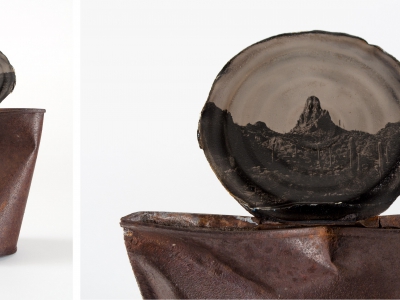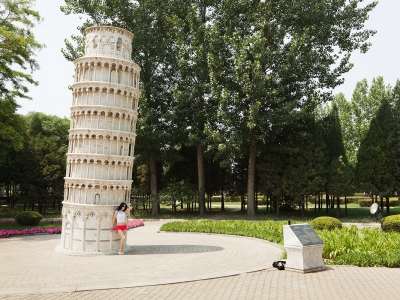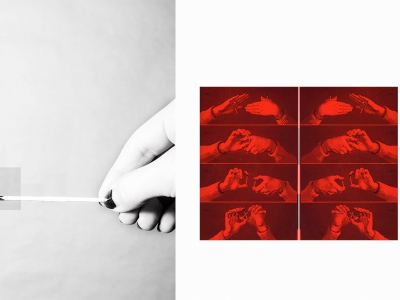
Church of the Holy Sepulchre, 2012.
The Dome
Published October 25, 2018
Words by Luca Soldovieri
Photos by Carly Shiff, 2013 Flash Forward Winner
Light falls from the high ceilings of a church dome. The bewildered physicist examines the cross-section of an atom. Cathedral ceilings are painted as circular heavens. In the luminescence of a spiralling nebula, a star is born.
What can architecture, and by extension architecture photography, reveal about the human spirit?
Human beings are drawn to deepening, circular centres. Perhaps it began in the biology of our existence, with the abundance of circles and spheres in nature. Growth rings on trees. Planets and moons. The spiralled shell, which protects the fragile organism within it. The skull. The very shape in which we see the world is rounded through our eyes. Over time, this model has become omnipresent in the way we design our cities, objects, political structures and research. In every tightly packed metropolis, in the Roman Colosseum, in village squares with wells at their centres, lay patterns of circles and spheres. At each centre, always the most essential element, as though clarity has found a geographical location. This structural pattern has transcended the physical and found its way into the immaterial. It has shaped the way we structure our religions, relationships and understandings of self. Always building from a central truth, always seeking an innermost focus to be repeatedly broken open in order to find an even deeper centre. We have learned to barrel towards an ever-deepening lucidity. To excavate, to dive into ourselves, to split open.
In her photographic work, Carly Shiff documents the Church of the Holy Sepulchre, located in Old Jerusalem. In its religious architecture, she finds the same circular model. She notices it in the falling of light from the high ceiling, in the dome shape and in her own attention to the structure. As she documents the space, Shiff assumes the position designed for her by the structure —the human angle, staring up to the centres of centres. The dome itself is designed to reference the heavens, its rounded shape and control of light an intentional reference to the centredness of truths. Both as an artwork and a documentation, Shiff’s images are another iteration of the same pattern embodied by the architecture of the church. The value of the relationship between centres and truths grows with every reiteration of it. Therefore, the photographs simultaneously hold the weight of church domes, planets, and nebulae, and also contribute to their value.
Though the dome-shape and its connotations have changed, from cathedrals to particle accelerators, from depictions of heaven to atomic diagrams, its purpose remains a stable pattern in human evolution. Our understandings of universal truths have shifted, but the physical language we use to express them has not. We are no longer looking up, but we still look to centres. We are still splitting to cores. We are still losing ourselves in cross-sections. We are still longing for a spiraled truth.

A graduate of the Etobicoke School for the Arts, Carly Shiff received a BFA from the Pratt Institute in Brooklyn where she majored in Sculpture and made the Dean’s List every semester.




